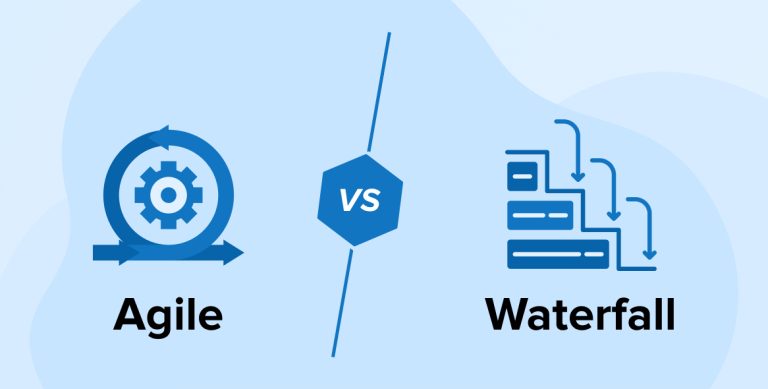
This is a very important topic as it specifies different ways in which the software team will manage the software development projects.
The two main methods for managing a custom software development project are Agile and Waterfall. Both these software development methodologies are sophisticated and usable. They help the software developers to organize the agile project in a particular manner with a well-structured flow. But the selection of the project management approach depends on the type of project and the project team that is going to handle it.
In this blog, we have tried to showcase all the aspects of both Agile and Waterfall approaches with a tabular difference between agile and waterfall that can help you make the right decision for your project.
1. What is Agile Methodology?
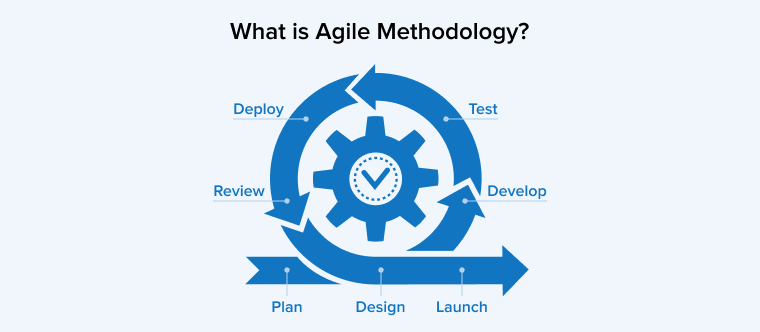
Agile is one of the most used software development methodologies that help developers to manage the software project by dividing it into multiple stages. It involves continuous improvement and iteration at every stage of the software development lifecycle with constantly collaborating with the stakeholders.
Agile methodology promotes a disciplined process of project management that encourages frequent adaptation and inspection, self-organization and accountability, a leadership philosophy that strengthens teamwork, best engineering practices, and a business approach that coordinates with the customer’s requirements. Basically, Agile is a development methodology that refers to the development process that regulates the Agile Manifesto concept. The Manifesto is a concept that reflects the approach of fourteen leading software development professionals who created it and specifies what will work for software development and what will not.
The process of Agile methodology starts with the customers explaining how they want the end product to be, how it will be used, and what problems the software product solves. Once the software development teams start the work, they go through the process of project planning, executing, and evaluating the software.

1.1 Advantages of Agile
Agile is one of the most popular methodologies for project management because of its revolutionary nature and flexibility. Agile development benefits the project managers by making their tasks easier and allowing them to take control over the agile projects. Besides this, some of the top benefits of the Agile approach are
1. Customer Satisfaction
In the Agile methods, there is constant customer involvement to make decisions regarding the project and its modules which eventually leads to better customer retention. The traditional waterfall model only involved the client in the planning phase which usually affected the adaptability of the complete project. Therefore, keeping the client in the cycle and making changes as per their feedback can ensure valuable output. Besides, it also helps in reducing the go-to-market timeline.
2. Increased Flexibility
If the Agile methodology is truly implemented in the entire development team then it empowers them and provides unparalleled flexibility. In Agile, the programming team works on smaller modules and gets constant feedback about them from the product owner. As Agile divides the project into sprints, the changes from the owner are manageable and quick to deliver. Because of this unparalleled flexibility, the majority of organizations prefer to use the Agile approach in their project.
3. Improved Project Predictability
With increased visibility, Agile offers features that can help the software developer to identify and predict the risks. It also plans to ensure that the project runs smoothly without any errors. Programmers merge the Scrum method with Agile and use burndown charts & sprint backlogs to increase project visibility, predict the project’s performance, and plan accordingly.
4. Constant Improvement
By following the core principle of the Agile Manifesto, this methodology works in iterations. It means that each sprint created in the Agile method will be better than the previous one and it will also resolve the error of the previous sprint. Besides, the open culture of Agile methodology allows the team members to collaborate with the client and exchange ideas that can improve the project at every stage of its process.
5. More Relevant Metrics
The metrics that the Agile development experts use to estimate the cost and time of the project or its performance are more accurate than the traditional waterfall method. Agile is a method that emphasizes creating results and optimizing the software’s performance. It even generates metrics like cycle time and lead time that help the project manager to measure the team’s performance.
1.2 Disadvantages of Agile
Despite its benefits, Agile is not for everyone. Therefore, it is must to be aware of its disadvantages which are as follows –

1. Greater Demands on Clients and Developers
Agile teams follow a principle that requires close collaboration between the clients & developers with extensive inclement from the customer’s side. Besides this being a rewarding approach, it requires a huge commitment from both sides till the end of the project. And any lack of participation from the client or developer can impact the project outcomes and quality which will eventually affect its success rate.
2. Software Project Easily Gets Off-track
The project that works on the Agile method starts with very little planning as it assumes that the client’s requirements will keep on changing. This limits the Agile model and then if the customer’s feedback is not clear it makes the developer focus on the wrong module. And eventually, it can off-track the project development process.
3. Lack of Comprehensive Documentation
The documentation in the Agile method is limited as the requirements of the custom software project are clarified during the time of its development. This becomes a disadvantage for the new members of the team if they have joined after the start of the development process. They miss out on details about a few features or how the functionalities of the software must perform. And it creates difficulties and misunderstandings for the programmers.
1.3 Agile Development Cycle
The Agile development method follows a specific set of distinct phases for custom software development. These project phases are flexible and always keep on evolving. They are –
1. Plan
Planning is the initial stage of the Agile software development life cycle that is carried by the development professionals after the client’s project idea is feasible and viable for them to do. The software developers then identify the required features of the project and break down its creation idea into smaller phases.
2. Gather Requirements
After understanding the requirements of the client’s project, the project manager, programmers, and stakeholders go through various aspects to understand the project’s client base. They identify the user requirements and gather information like how the product will be used.
3. Design
After gathering all the information by analyzing the client’s requirements, the software designers start working on the design as per the customer’s needs. They consider various design ideas to make the system look a particular way that can grab users’ attention. Besides this, while the designing process is going on, the testing team also gives their input and helps to strategize the process.
4. Development
The development phase is where everything starts as it follows the extreme programming approach. It is all about creating the system architecture and its features as per the customers’ expectations. Then in the Agile development process, the testing of developed features is conducted and iterations are scheduled for deployment. When the development process starts, the iteration is 0 as there are no features developed at the initial stage. Basically, the iterations in Agile development lays a foundation for various tasks like preparing the environment for creating the software system, finalizing the project contract, and funding.
5. Testing
After the development process, the code is tested to check if the entire product is as per the requirements of the customers and will it be able to solve the customer’s needs. The testing phase consists of different types of processes that go throughout the project like system testing, user acceptance testing, unit testing, and integration testing. Agile performs testing concurrently with development whereas in waterfall it comes after the development phase.
6. Deployment
The deployment process is carried out after the product testing results are successful. The product is delivered to the customers to use and once they start using the product, they might face some problems that need to be resolved by the custom software development team.
1.4 Principles of Agile Development
The Agile manifesto principles are the guidelines for the programmers on how they can execute the development process with agility. There are 12 such core principles and they are –
- Software developers should prioritize customer satisfaction and provide continuous delivery of the software.
- Changing requirements at the later stage of project development must be welcomed as the Agile approach can handle the changes to give the customer a competitive advantage.
- The programmers must coordinate work with the client on a daily basis to successfully develop the project.
- Rapid delivery of working software is a must. It can be on a weekly or monthly basis.
- Project creation around motivated individuals by giving them the required environment and support to develop the software.
- Use effective methodologies to convey project-related information and a face-to-face conversation with team members.
- The working software ensures the progress of the project.
- The programmers, users, and sponsors of the Agile project must maintain a constant pace.
- Continuous technical quality and designed to improve agility.
- Best requirements, architecture, and design come from the self-organizing development team.
- Simplicity can maximize the work.
- The development teams reflect on the ways to become more effective and then adjust accordingly at regular intervals.
1.5 When to use Agile Methodology
When it comes to using Agile methodology in projects, there are many factors that go into consideration. Here are some of the major aspects that help the developer decide when to use the Agile method –
1. Lenient Processes
If the client’s organization doesn’t follow a strict process and gives the programmers work flexibility then Agile is the best methodology to use for their projects.
2. Few Initial Requirements
For a project that has lesser requirements at the initial stage and doesn’t require strict regulations, then Agile can be used.
3. Flexible Timeline
For the short-time delivery of different-size projects, Agile is the most appropriate choice.
4. Greenfield Product
When the client wants to have something innovative that currently doesn’t exist, then Agile software development methodology can serve the project very well with unique features.
5. Budget Flexibility
If the customer has budget flexibility then the software experts use the Agile method to create the projects. Here the priority is its features and not the budget.
Basically, Agile methodology can be used when the product team is unsure about what needs to be built or they still need to find it out throughout the project development process. This method enables software professionals to create more features in less time and gives them flexibility in the custom software development process. This makes the software engineers take advantage of the opportunities that the project has to offer. Besides, Agile enables the programmers to take the client process into consideration and satisfy their needs by introducing a product mindset.
1.6 Project Management Tools of Agile
Some of the top Agile project management tools for both small and large size businesses are –
1. Wrike
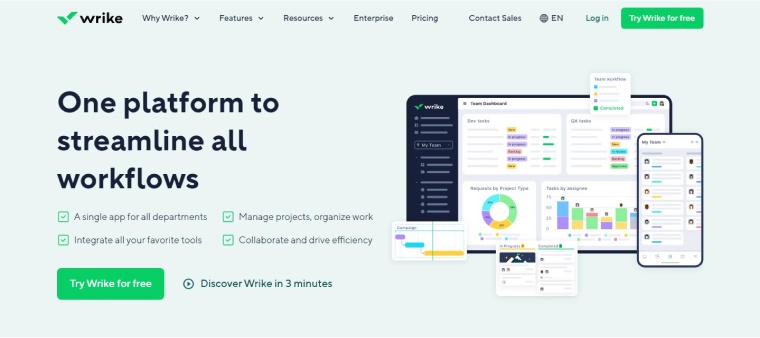
Wrike is an effective project management tool that enables the Agile development team to make instant changes to save up on costs and boost revenue. The project management institute uses Wrike as it is an ideal framework for connecting and centralizing multiple projects and boosting the team’s efficiency. It offers full visibility and control of various development projects & tasks to all the team members.
2. ProofHub
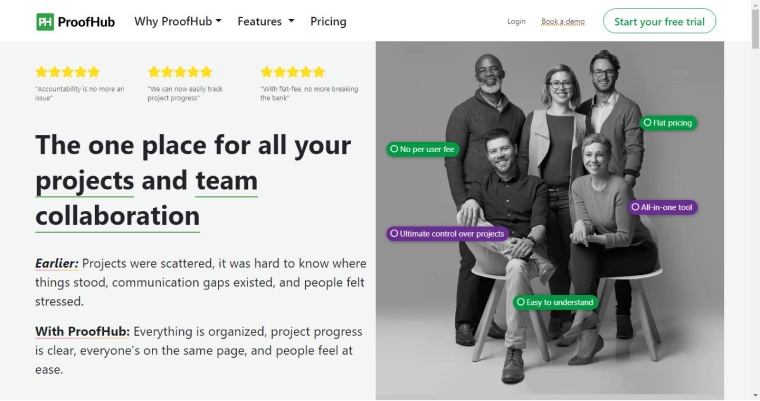
ProofHub is one of the most used Agile project management tools with a smart interface and rich features. It enables the custom software development experts to share ideas, start discussions, and compile documents which ensures rapid application development. It is a project management software that comes with integrated tools and features that can help to create successful projects. Besides, it allows the use of techniques like CPM (Critical Path Method) and GTD ( Getting Things Done ) to manage development projects.
3. Asana
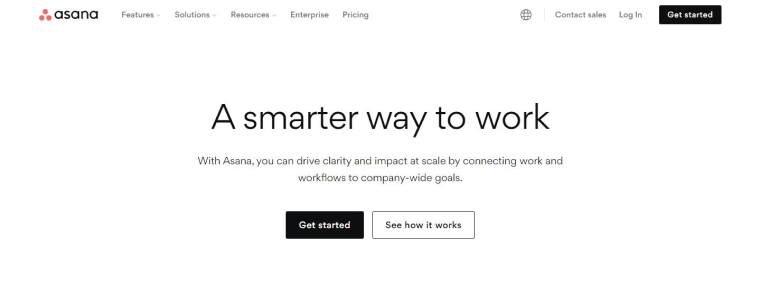
Asana is a cloud-based project management system and a task management tool that allows the project manager to plan, organize, and track the progress of the projects. From boards to timelines, Asana comes with all the features a team requires. With Asana, one can track launches & iterations, sprint plans, and communicate with team members.
4. Smartsheet
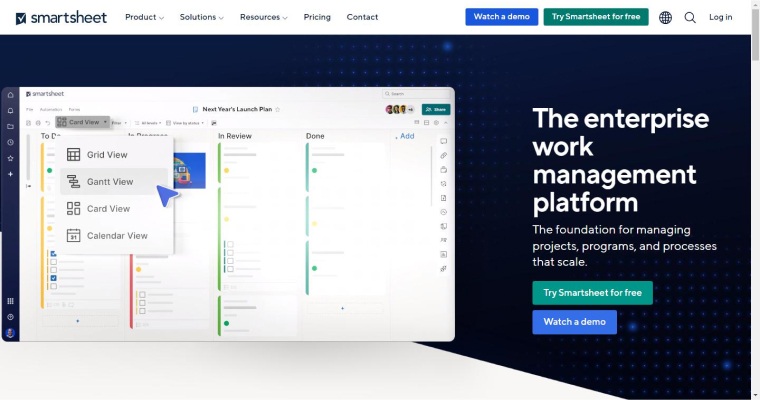
Smartsheet is a tool that specifies ways to collaborate the projects and different tasks like tracking marketing campaigns, managing the operations, and planning events. It comes with various solutions for different industries and roles. Besides, it has open and free collaboration and unlimited team creation features.
5. Active Collab
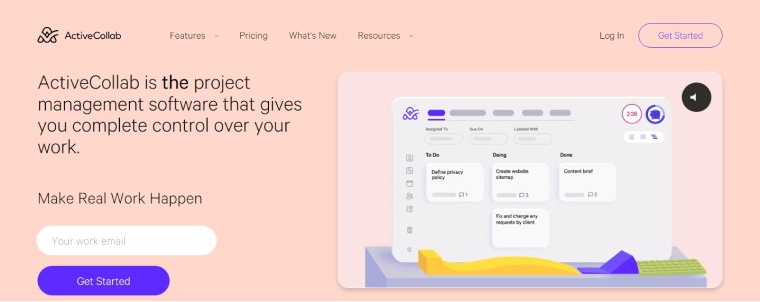
Active Collab is another project management tool that was devised as the perfect solution to provide business value. It allows the software team to determine what the user can see and access. This keeps the users well-informed and a part of the development process. It enables the programmers to do the planning, share files, track expenses, track time, discuss important topics, and brainstorm for multiple projects.
2. What is Waterfall Methodology?
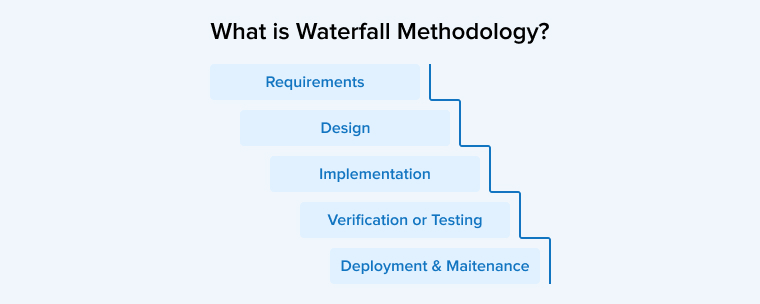
The Waterfall is a software development methodology that follows a stepped development approach that comes with a prescribed set of dependencies and activities. The main feature of this method is that at each step of the development process, approval from the stakeholders is essential before the custom software development team moves to the next phase. This is why it is known as a Waterfall Methodology.
The Waterfall follows an incremental approach; it is a highly sequential process that can be divided into seven different phases conception, initiation & analysis, designing, coding, testing, and implementation. Basically, Waterfall is a traditional methodology that follows a linear approach to developing valuable software. It goes through strict planning and then the plan is performed step by step in the process. The software development companies that strictly follow the hierarchical structure, use the Waterfall methodology.
The process of Waterfall starts with experts gathering data from the client and ends when the product is delivered. In this entire process, all the events are represented at a distinct stage. And the developer can start working on the next stage only after finishing the previous one.
2.1 Advantages of Waterfall
The Waterfall method is beneficial when the requirements are clear, well-documented, and static. It is more used when the technology is mature and easily understandable. Besides this, some of the major advantages of the Waterfall method are –
1. Transfers Information Well
The Waterfall is a highly methodical approach that clearly means that this method prioritizes a clear transfer of information at every step of the development process. When a custom software development company applies the Waterfall method to its process, at every new step either a new group of people will be involved or the documentation of the new changes will be noted down for the team to quickly catch up to it.
2. Determines End-goal at Initial Stage
One of the main characteristics of the Waterfall approach is committing to the end of the goal or the delivery of the project at the beginning. This means that the software development company gives a commitment to the client that they will provide a desired product at the very beginning. It makes the team aware of the goal at the initial stage, which makes them work with a clear idea about the end date.
3. Follows Clear Structure
Unlike other methods, Waterfall focuses on defined and clear steps of the development process. And this makes its structure very simple. The steps Waterfall follows are – requirement gathering, design, implementation, testing, deployment, and maintenance. Completing each of these steps is essential before moving to the next one. Besides this, Waterfall doesn’t require project managers and software developers with specific certifications.
4. Easy to Control and Manage
As Waterfall divides the section, it becomes easier for the programmers to handle the entire software development process. Each step of the Waterfall software development process comes with its own accuracy and procedure. And each step gets completed and processed one by one without overlapping each other. This makes it easy to manage and control each step by simply following the hierarchy.
5. High Visibility
The Waterfall model provides an output at each phase which creates high visibility for the software experts. And later on in the development process, the project manager & client analyze it to check the project’s progress.
2.2 Disadvantages of Waterfall
The Waterfall model is a software development method that is based on the traditional approach which brings more criticism to its way because of the outdated style of development. Because of this, the developers must have a thorough knowledge of the method before using it. To make it more clear, here are some of its disadvantages –

1. Making Changes is Difficult
As the stage-gate process entirely relies on the sequential steps that make the developer move forward after the completion of one phase. Because of this changes are only possible while the team of programmers is working on the stage. So, if any unplanned change comes after the completion of the stage, the programmers cannot make that change.
2. Testing Gets Delayed Until Completion
The Waterfall methodology testing phase comes in the latter part of the software development process as it insists that the testing must be done after the stages arrive. This causes substantial delays as the project testing takes a lot of time to complete the tests for large versions. Therefore, if the client is going to give frequent suggestions that can require constant changes then Agile would be better suited than Waterfall.
3. Not Perfect for Complex Projects
For complex projects, developers need to do frequent testing. But with Waterfall, this cannot be possible as its testing phase is the only level that detects the bugs of the project. Therefore, before the testing phase, the developer cannot find out any mistakes or errors in the code. This drawback of the Waterfall model makes companies opt for other methodologies.
2.3 Waterfall Development Cycle
Waterfall development follows a specific set of stages that are in sequential order to create software. These stages are –
1. Requirement Gathering
In the requirement gathering stage of the Waterfall approach, all the comprehensive information is collected. The information gathering can be conducted in many different ways like interviews, interactive brainstorming, and questionnaires. At the end of this first stage, the custom software development team gets all the required information about the project and the client’s requirements. A requirement document holds all the customer needs-related information for the team’s future reference.
2. System Designing
With the use of a requirement specification document, the design team starts working on the look and feel of the software. This stage is dedicated to purely designing the product and no coding is involved. But the development professionals establish the specs like hardware requirements and programming language requirements for the project.
3. Development
After the design comes development. In this stage, software engineers take the information from the previous stage and start creating the functionalities of the product. In the Waterfall methodology, the programmers implement the code in small pieces. These small parts of the code are integrated at the end of the development phase or the beginning of the testing process.
4. Testing
Testing of the project begins after the coding is done. The test team methodically finds the problem in the system and then reports it. If there is any serious problem in the project then the development team might need to return to the phase where the issue can be solved from.
5. Deployment
Deployment is the stage where the product is delivered to the customer but only after the testers approve the product. Here the development team submits the deliverables to be released.
6. Maintenance
The product delivery/deployment is not the last stage. Once the client starts using the system and any issues arise, then the team of development experts will have to create updates and patches to address those issues. And if the problem or bug is big then it may return to stage one of development.
2.4 Principles of Waterfall Development
There are three major principles of Waterfall development. And they are –
- In the Waterfall model, the involvement of the customer is very low as the team prefers to use the requirement specification document for reference rather than discussing the issues with the clients.
- All the activities of the Waterfall development team are based on the initially created project documentation.
- The main principle of the Waterfall approach is its sequential structure. All the software development stages in this model are performed one by one in a proper sequence.
2.5 When to use Waterfall Methodology?
Before adopting the Waterfall methodology for developing software, there are many factors that are considered by the software development team. Some of them are as follows –
1. Strict Processes
When the organization follows strict processes that the programmers have to adhere to, then the use of the Waterfall model is the best choice.
2. Multiple Product Requirements at Initial Stage
If the requirements from the client side are firm and there is no room for changes, the software developer will have to opt for the Waterfall method.
3. Fixed Project Timeline
When the customer fixes the timeline of the project, and there are no chances to change it, Waterfall is the only method that can provide the predicted outcomes.
4. Enhancement of Current Product
When the project requirement is for the enhancement of the legacy system, where the client has properly defined the features and the interface is similar to any other product, using the Waterfall method is a great option.
5. Fixed Budget
If the project owner defines a budget that is not flexible, the best choice for the developers will be the Waterfall method to create the software.
Basically, when the software development project has a fixed amount of budget and time or the requirements are well-defined, the developer chooses the Waterfall method. The reason behind it is that this methodology has features that work well with fixed timelines and budgets. Besides, Waterfall is a software development methodology that provides a set of processes based on the principle of approval. Here, after the approval of the previous phase, the developer starts working on the next one. Therefore, no time is wasted after the completion of the project. This allows the developer to complete the project at a fixed time without customer presence.
2.6 Project Management Tools of Waterfall
Some of the most popular Waterfall project management methodology tools are –
1. Project Manager
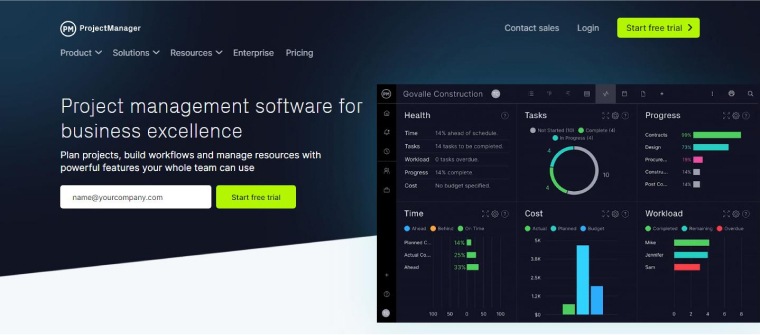
Project Manager is a tool that offers Gantt charts and lists of tasks that can help to easily manage the various projects. It offers many modern solutions like Kanban boards and multiple views. Besides this, the interactive Gantt charts enable the programmers to collect all the project requirements and documents by using features like unlimited file storage and real-time tracking.
2. Trello
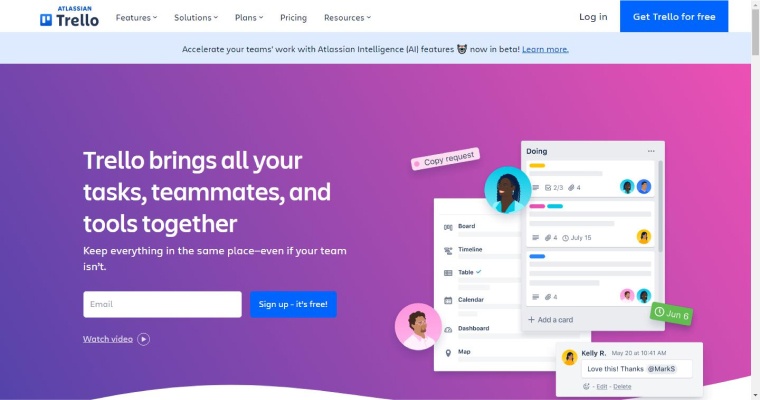
Trello is a tool that enables the Waterfall development team to maximize the project scope and manage it by involving a small team of engineers. It comes with various features like cards, boards, and lists. It offers various functionalities through third-party integrations.
3. Jira

Like Trello, Jira also offers Gantt chart functionalities by third-party integrations. It helps the developers to prevent problems, track the major ones, and solve them. Jira offers features like navigation and project templates. It enables the programmers to customize the processes for every team member.
4. GanttPRO

GanttPRO is a popular online project management tool that the Waterfall development team can use to keep the planning simple. The programming team and customers can easily engage using this framework. It enables splitting the projects into different tasks, subtasks, and groups of milestones. Besides, one can also organize and schedule the tasks. Creating a Gantt chart timeline becomes easy with this tool.
3. What are the Differences Between Agile vs Waterfall?
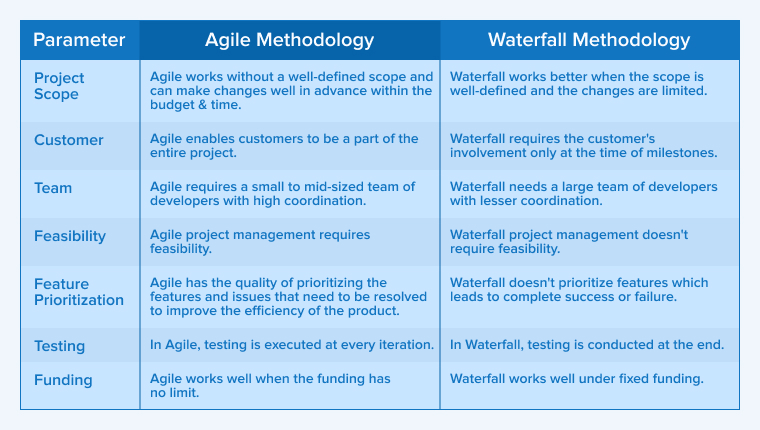
| Agile Methodology | Waterfall Methodology |
|---|---|
| When the scope of the project is unknown and the changes can come anytime during the development process, software engineers prefer to use the Agile model. | When the project comes with a well-defined definition of scope that has no room for any type of changes while developing the software, the developers opt for the Waterfall model. |
| The Agile method encourages the synchronization of the team members at every stage of the development process and it also includes clients in the decision-making. | The Waterfall method doesn’t require the team members to continuously coordinate with each other and neither does it involve the clients while making development decisions. |
| The Agile methodology follows quite a flexible approach that allows changes in the project requirements even after the initial stage. | The Waterfall methodology works on the principles that do not allow any type of changes after the development of the project starts. |
| In Agile, the team members are interchangeable which leads to a faster work process. And as the entire team handles the project in Agile, the project manager is not required. | In Waterfall, the software development process is straightforward which makes the role of project manager very important. |
| Agile follows a mindset where the product satisfies the requirements of the customers and changes itself accordingly. | Waterfall follows a project mindset and forces the programmers to focus on the completion of the project with a pre-defined goal. |
| In Agile methodology, the product owner prepares the requirements by collaborating with the team on a daily basis. | In Waterfall methodology, the project requirements are created at the very beginning with the help of business analysis. |
| Agile follows an iterative approach which creates repetitive use of the phases like planning, developing, prototyping, and more. | Waterfall follows a sequential approach which makes it use all the project development phases only once. |
4. Hybrid Approach: How Both Agile and Waterfall can Work Together?
Both Agile and Waterfall methods are very essential in the software development ecosystem. Though Waterfall is known as an outdated methodology, it benefits companies more in systemization and completion of projects. On the other hand, Agile is known as an influencing methodology.
A combination of both Agile and Waterfall enables developers to deliver continually changing project requirements within the given time period. While its implementation of these methodologies can offer improved predictability.
5. How to Choose the Right Framework For Your Business?
In order to choose the right framework for your business, here are some of the steps a business organization must follow:
- First of all, evaluate the project requirements and the team dynamics.
- Then consider factors like the scope of the project, the time required to develop it, and the budget.
- Then align the customer needs and business requirements.
Once all these things are done, you will be able to figure out which framework suits the project as per the requirement choices.
6. Conclusion
Agile and Waterfall methodologies have different approaches and are best in their own respective ways. Both these software development methodologies allow the developers to focus on the project and its goal. But which to prefer is completely dependent on the scope of the project and the development team as these are aspects that decide the timeline and budget.
Frequently Asked Question:
What is the main difference between waterfall and Agile?
One of the major differences between the Agile and Waterfall methods is that the Agile approach encourages team members to work simultaneously with the various phases of the project while the Waterfall approach requires the team members to complete the development of one phase before moving to the next.
Is Jira for Agile or waterfall?
Jira is basically an agile project management system but it can also be used while working with the Waterfall approach for project management to an extent.
Is Agile more successful than waterfall?
Yes, projects developed using Agile methodology have a significantly higher success rate than Waterfall.

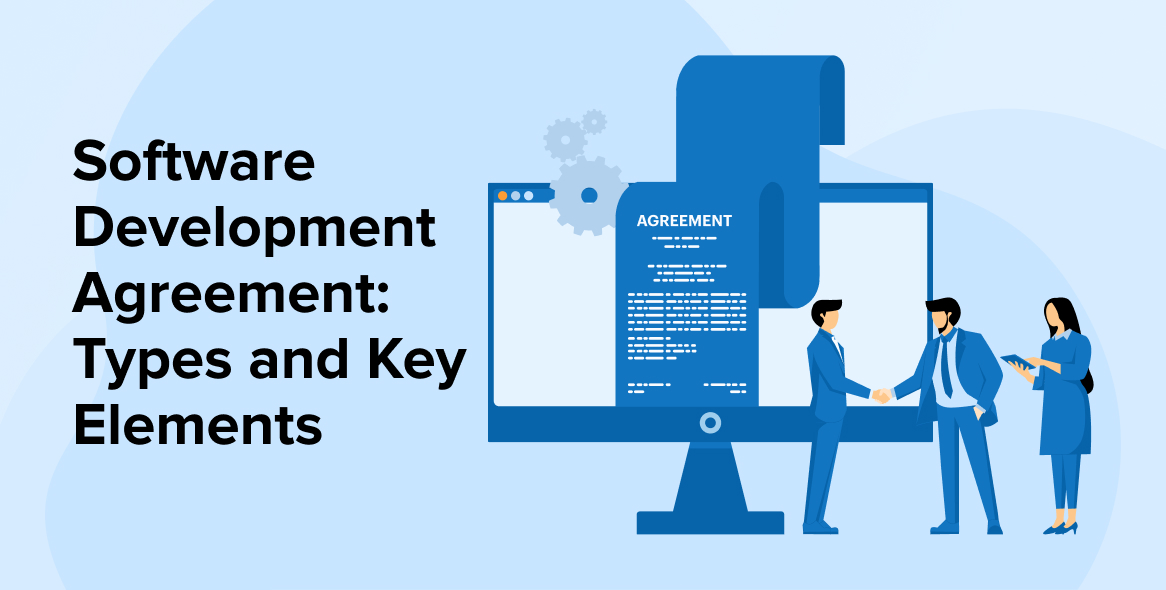
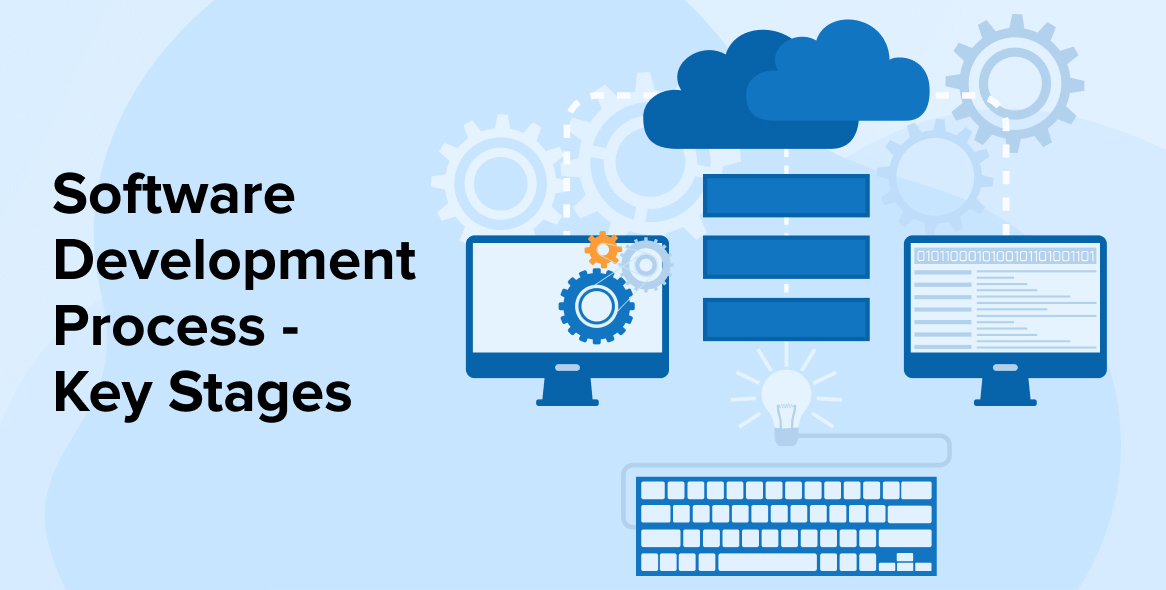
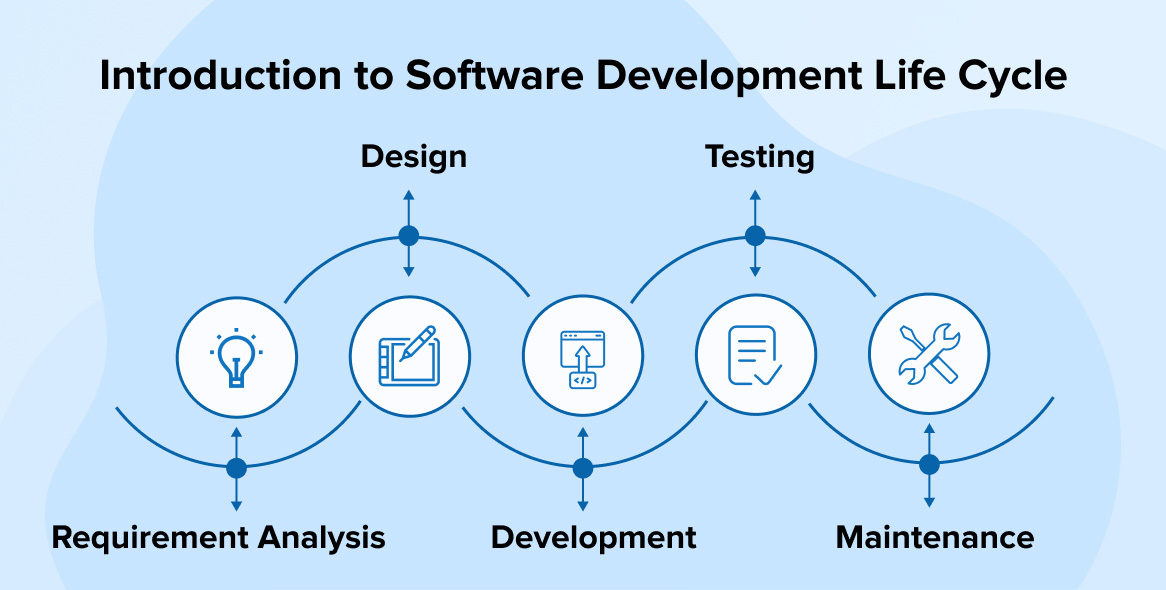
Choosing which methodology is right for your software project is entirely dependent on the nature of the project and the culture and type of organization you work for. Identify the metrics and factors that are most critical and review both approaches for the best match. Ask the vendor questions about all the features you’re looking for and the time it takes to fully learn the software.
Agile and waterfall are two different approaches to development processes to complete software projects. Selecting the right methodology for your projects will depend on preference and the nature of each project. Some projects require a more iterative process and others require a more sequential approach.
This article discusses two SDLC models that are Agile and Waterfall. Here,the article discusses both models separately, and then you will see the difference between them. Agile and Waterfall are two popular methods for organizing projects. Waterfall is a more traditional approach to project management, involving a linear flow. Agile, on the other hand, embraces an iterative process.